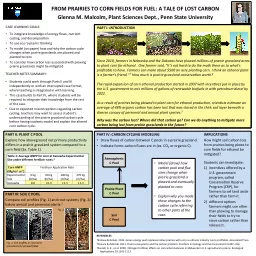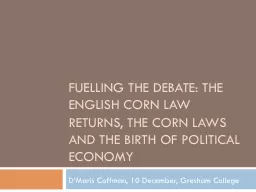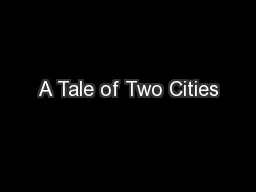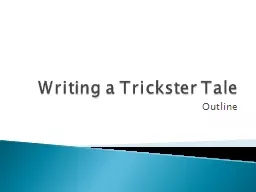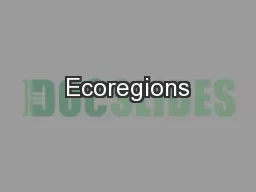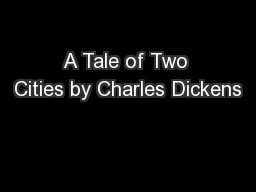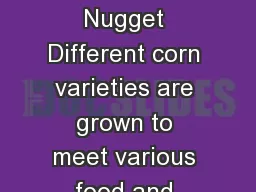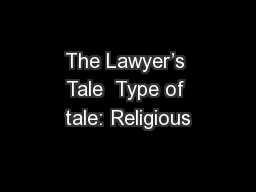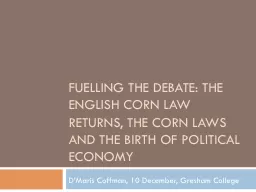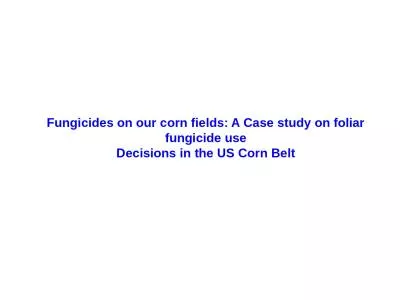PPT-FROM PRAIRIES TO CORN FIELDS FOR FUEL: A TALE OF LOST
Author : ellena-manuel | Published Date : 2016-03-10
CARBON Glenna M Malcolm Plant Sciences Dept Penn State University Table 1 Average ANPP for corn at Kanawha Experimental Site under different fertilizer rates 3
Presentation Embed Code
Download Presentation
Download Presentation The PPT/PDF document "FROM PRAIRIES TO CORN FIELDS FOR FUEL: A..." is the property of its rightful owner. Permission is granted to download and print the materials on this website for personal, non-commercial use only, and to display it on your personal computer provided you do not modify the materials and that you retain all copyright notices contained in the materials. By downloading content from our website, you accept the terms of this agreement.
FROM PRAIRIES TO CORN FIELDS FOR FUEL: A TALE OF LOST: Transcript
Download Rules Of Document
"FROM PRAIRIES TO CORN FIELDS FOR FUEL: A TALE OF LOST"The content belongs to its owner. You may download and print it for personal use, without modification, and keep all copyright notices. By downloading, you agree to these terms.
Related Documents

